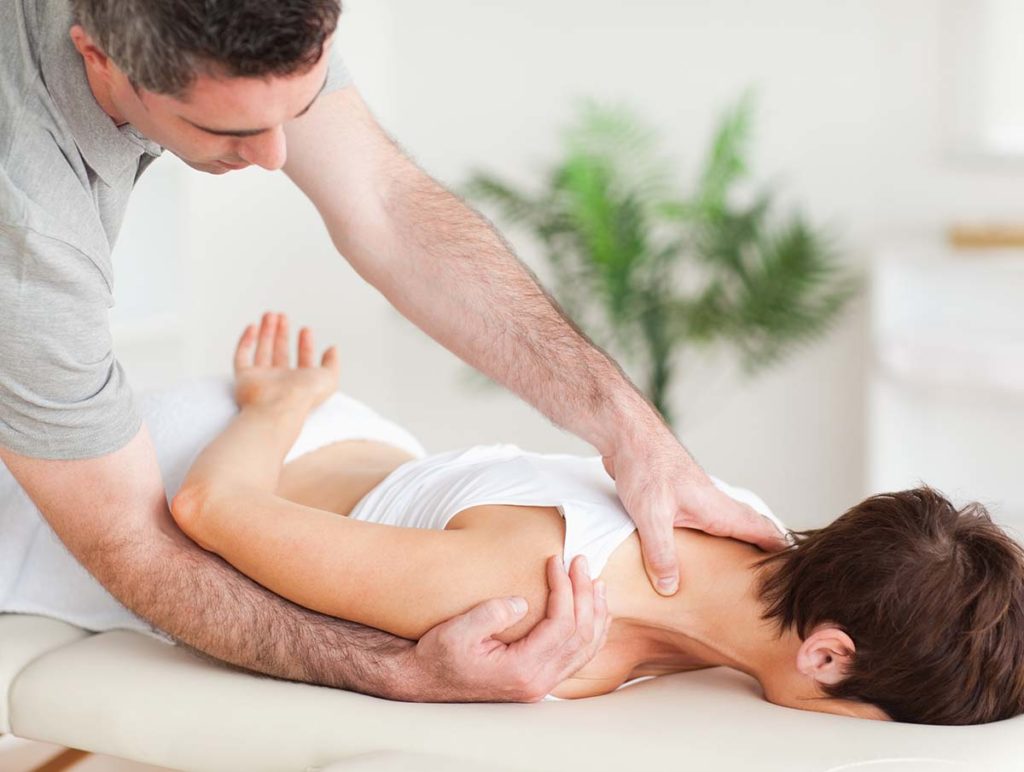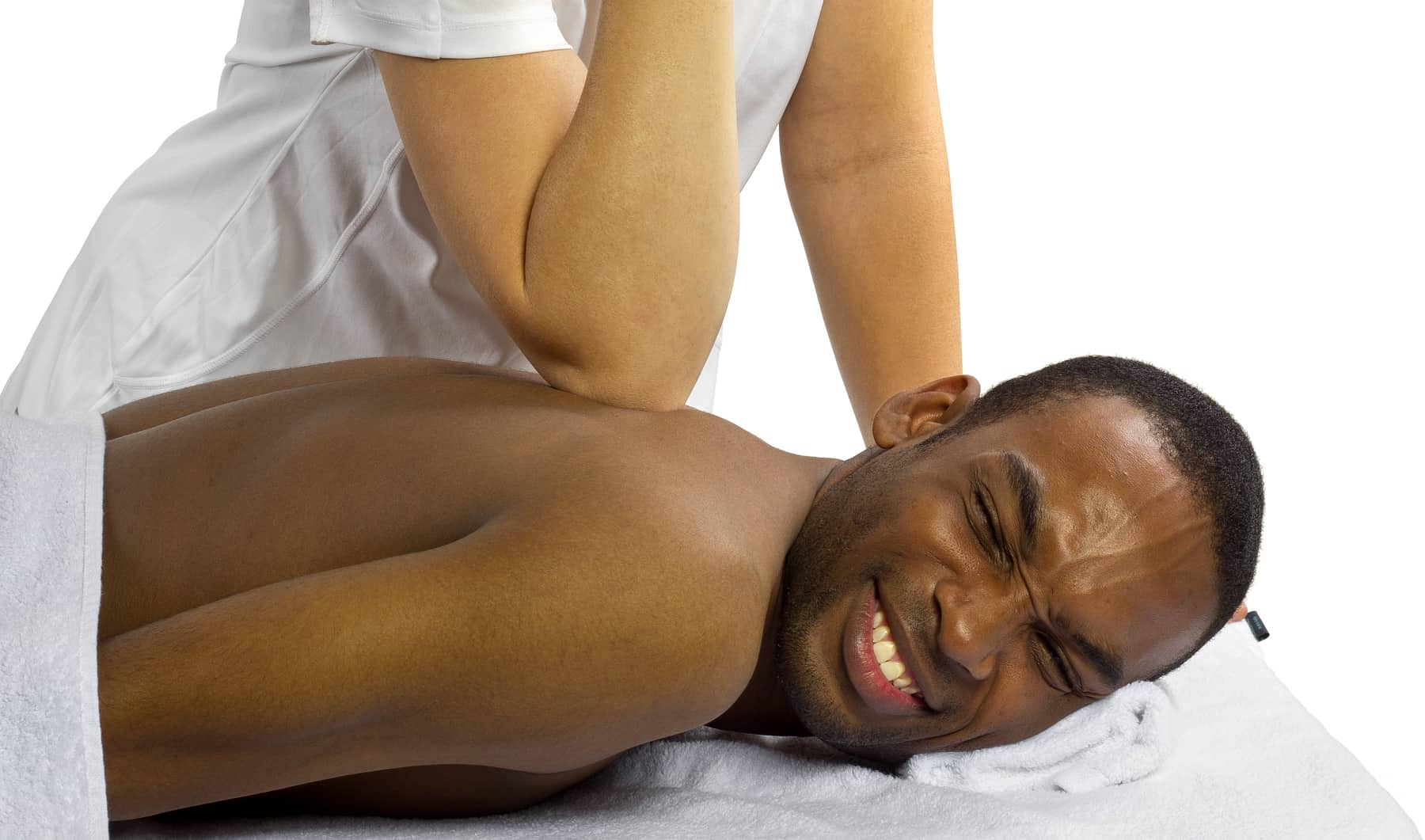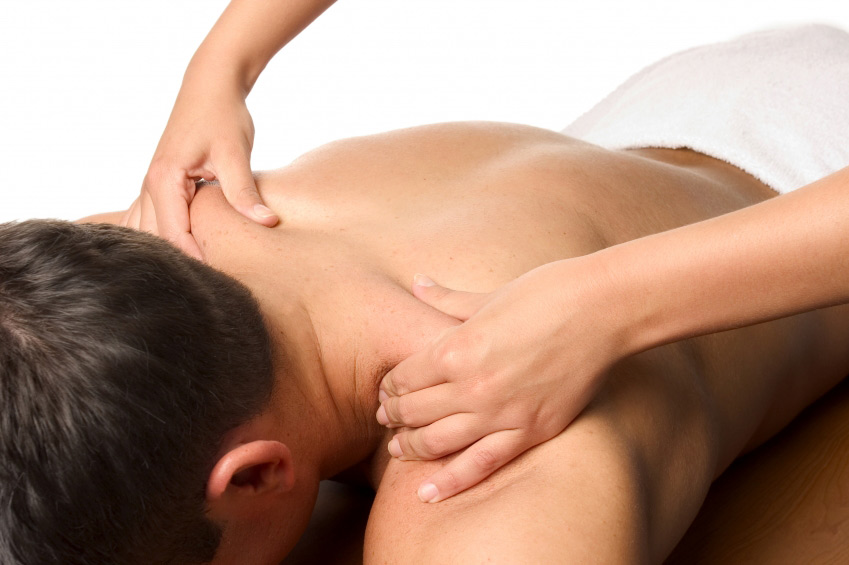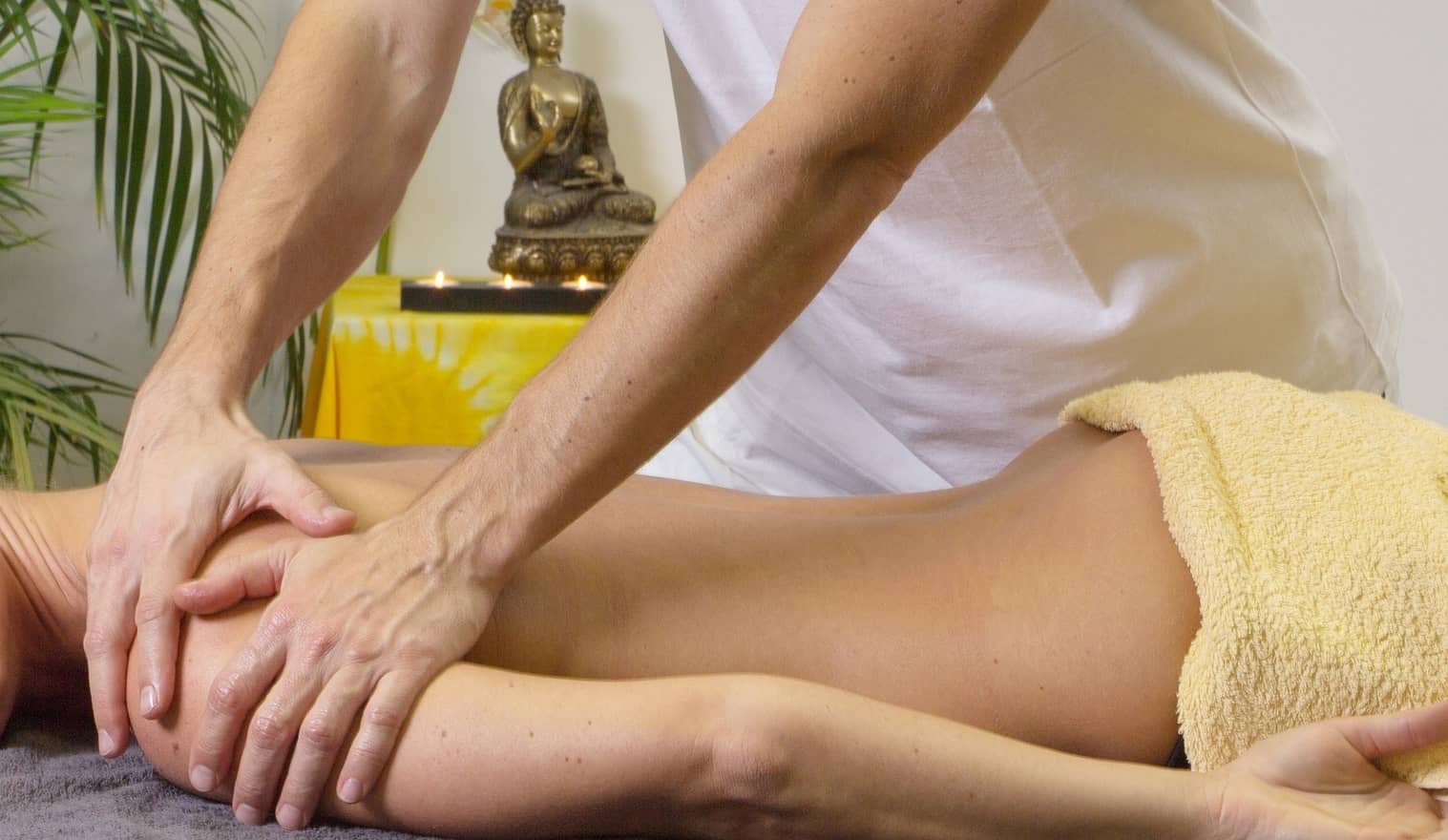What Is a Swedish Massage?

The purpose of the practice of massage is to enhance the general health and well-being of the recipient. ‘Massage’ is used as a general term to describe manual manipulation of the muscles and joints to help relieve pain and stress in the body. This generalized term can be broken down into many subcategories such as: deep tissue, trigger point, prenatal/pregnancy massage, hot stone, sports massage, Thai massage, myofascial release, lymphatic drainage, crainiosacral, lomilomi, shiatsu, reflexology, Hellerwork, looyen work, polarity therapy, tui na, and connective tissue massage, just to name a few.
Continue scrolling for techniques, careers related tips and effects on the body.
Swedish Massage Explained

The Swedish massage is one of the best-known types of body work. The purpose of a Swedish massage is to enhance the general health and well-being of the recipient as well as relax the entire body. As one of the most commonly taught and well-known massage techniques, Swedish massage, is a system of treatments designed to energize the body by stimulating circulation and loosening tight muscles. Five basic strokes, all flowing toward the heart, are used to manipulate the soft tissues of the body. Therapists use a combination of kneading, rolling, vibration, percussive, and tapping movements, with the application of oil or lotion, to reduce friction on the skin.
The many benefits of Swedish massage may include generalized relaxation, the breaking down of scar tissue, and improved circulation, which may speed the healing process and reduce swelling from injury. Some of the best massage therapy schools might introduce some of these concepts during their coursework.
Swedish Massage Techniques Are A Great Introduction to Bodywork
Swedish massage is a great introductory massage for those who are new to bodywork. Those who are interested have a number of learning aids and guides such as videos, books, on-ground classes and Swedish Massage instructors.
How It Works: Beginning by laying face down (or prone position), the massage therapist will begin long, firm strokes along the back, neck, shoulders, arms, and then down to lower back and legs. Halfway through the session the client will be asked to turn over, receiving the second half of the massage with the face up (or supine position) for the treatment of upper shoulders, chest, arms, and fronts of the legs.
Evidence of massage can be traced back several thousands of years in several different countries. Archaeological evidence of massage has been found in many ancient civilizations including China, India, Japan, Korea, Egypt, Rome, and Greece. Today, with the advancement of science, many studies are providing valuable, scientific proof of the benefits massage can have on the body. Although the popularity of massage has ebbed and flowed over time, these findings have made massage a much sought-after therapy in contemporary society.
Research

Some of the scientific research on massage therapy can be conflicting, but much of the evidence points toward beneficial effects on pain and other symptoms associated with a number of different conditions. Much of the evidence suggests that these effects are short-term, and people should keep getting massages for the benefits to continue. Researchers have studied the effects of massage for many conditions. Some that have been studied more extensively are blood pressure, general pain, cancer, mental health, fibromyalgia, headaches, HIV/AIDS, infant care, autism, anxiety, and diabetes. Massage therapy appears to have few risks if it is used appropriately and provided by a trained massage professional.
Effects of One Session of Swedish Massage Therapy

A recent study published in The Journal of Alternative and Complementary Medicine examined the effects of one session of Swedish massage therapy on the body’s hormonal response and immune function. Researchers from Cedars-Sinai Medical Center and the David Geffen School of Medicine at the University of California, Los Angeles, randomly assigned fifty-three healthy adults to receive one session of either Swedish massage or light touch (in which the therapist used only a light touch with the back of the hand). Both groups had sessions lasting forty-five minutes and were performed by a licensed massage therapist. Blood samples taken before and after the sessions were used to determine blood levels of certain hormones and circulating lymphocytes (white blood cells). The researchers found that participants had shown that Swedish Massage Therapy or resting an hour weekly significantly reduced blood pressure levels.
A study conducted by Hernandez-Reif, M., Field, T., Krasnegor, J., Theakston, H., Hossain, Z., and Burman, I. reported by the Journal of Bodywork and Movement Therapies in the year 2000, also asserts that hypertension and its associated symptoms were reduced through massage therapy. The subjects in this study were provided with 10, 30-minute massage sessions over the course of five weeks. The subjects, all of who suffered from hypertension, experienced reduced blood pressure, reduced feelings of depression, less hostile behavior, and reduced levels of cortisol in their urine and salivary samples. Hernandez-Reif concluded that massage for hypertension may be beneficial to reduce diastolic blood pressure and lessen the symptoms associated with hypertension.

In its Comprehensive Accreditation Manual for Hospitals, The Official Handbook, updated in August 2000, the Joint Commission on Accreditation of Healthcare Organizations (JCAHO) suggests massage therapy can be used successfully in pain management. Some hospitals are including massage therapists in patient care teams to fight pain. Their teams may include a physician, nurses, a nutritionist, a yoga instructor, and a massage therapist. Hospitals are now including massage due to public demand. More research needs to be done to evaluate not only the effectiveness of such teams but to determine which combination of therapies works best for different types of patients and different types of pain.
The effectiveness of massage lies in a simple and direct approach: working from the external, outer issues of pain to the primary, root cause. Massage therapists utilize a holistic approach by focusing on the entire body and its relationship to soft and connective tissue. Their care is not focused only on the site of pain, but the body as a whole.
In another study, researchers took muscle biopsies from participants who had received massage therapy or no treatment for exercise-induced muscle damage. The study showed that massage therapy reduced inflammation and promoted mitochondrial biogenesis in the skeletal muscle. In addition, a review published in the journal “Complementary Therapies in Clinical Practice” revealed that moderate pressure massage reduced depression, anxiety, heart rate, and cortisol levels and altered EEG patterns to indicate a relaxation response.
Enough research exists to encourage pain management specialists and massage therapists to form professional relationships. These pain management relationships should exist not only in the hospital but also in clinics, private practices, and home care.
Do not use massage therapy to replace conventional care or to postpone seeing a health care provider about a medical problem. If you have a medical condition and are unsure whether massage therapy would be right for you, discuss your concerns with your health care provider. Ask about the training, experience, and credentials of the massage therapist you are considering. Also ask about the number of treatments that might be needed, the cost, and insurance coverage. For more tips on finding a massage therapist, see the National Center for Complementary and Integrative Health’s (NCCIH) webpage (How to Find a Complementary Health Practitioner) or ask a friend or your physician for a referral.
Interested in a Career In The Health or Wellness Field?

If you are curious as to what is healthcare management degree, sports therapy & massage, physical therapy aide, or related program, let one of our friendly admissions specialists help you get more information. Fremont University offers a number of career paths for those looking to join the healthcare industry or wellness profession. Some of our many programs include:
- Health Administration
- Health Information Technology
- Healthcare Management
- Physical Therapy Aide & Massage
- Massage Therapy
- Sports Therapy & Massage
- Sports & Rehabilitation Therapy
Want more information? Request a Syllabus
*In no way does Fremont University promise or guarantee employment or level of income/wages.

